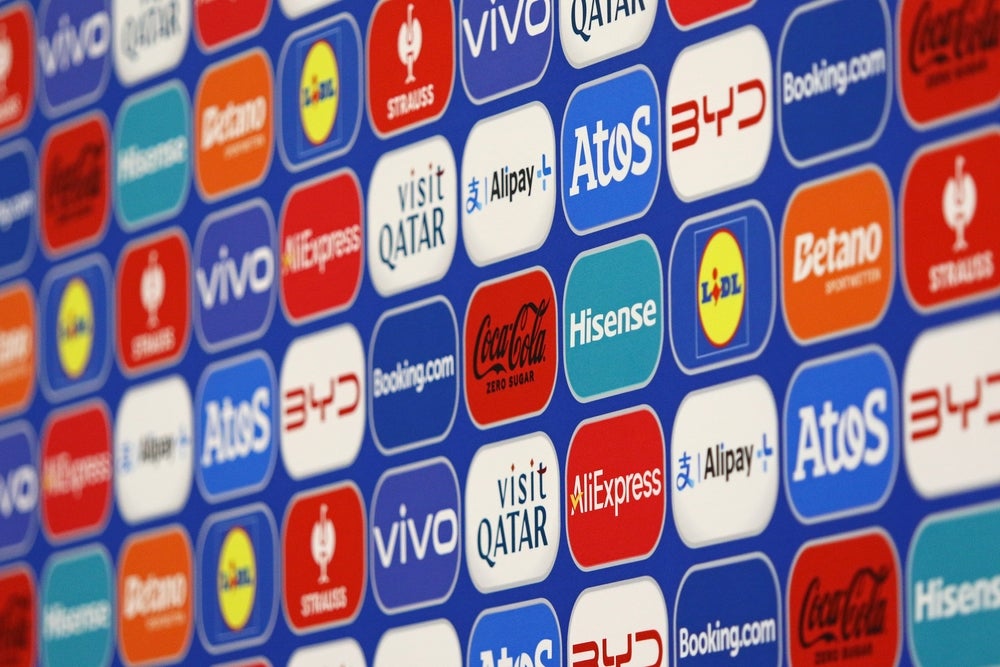American Express alongside payment consultancy AT Kearney
highlights several methods to drive efficiency and bring down the
cost of administration and management. Truong Mellor
reports on how savings can be made.
undertaken by American Express (Amex) and global financial
consultancy firm AT Kearney has shown that many European companies
are missing out on significant expenditure savings that can be made
from more effective management of administrative procedures
relating to travel & entertainment (T&E) spending. The
American Express and AT Kearney European Expense Management Study
2008 notes among its findings that companies are spending on
average an extra 4.6 percent of total T&E expenditure including
hotels and airfares on indirect management costs, but this number
wildly varies between institutions – in some cases the figure can
reach 34 percent.
administration costs is down by one percent from 2003, when Amex
and AT Kearney last conducted the study. According to Brendan
Walsh, senior vice-president for global commercial cards in the
EMEA region at Amex, this downward trend is an indication of the
greater sophistication of usability of automated solutions, as well
as the continued adoption of alternative processing models such as
shared service centres and offshoring.
companies can further reduce processing and administrative costs
relating to T&E expenditure, identifying six key
characteristics that would comprise best practice:
• A clearly defined policy and enforcement process;
• Collaboration with suppliers;
• Investment in automation and a high adoption rate of tools and
system usage;
• Back-office centralisation and outsourcing of non-core
activities;
• Leveraging of management information to refine processes;
and,
How well do you really know your competitors?
Access the most comprehensive Company Profiles on the market, powered by GlobalData. Save hours of research. Gain competitive edge.

Thank you!
Your download email will arrive shortly
Not ready to buy yet? Download a free sample
We are confident about the unique quality of our Company Profiles. However, we want you to make the most beneficial decision for your business, so we offer a free sample that you can download by submitting the below form
By GlobalData• A focus on user satisfaction as well as on cost reduction.
adoption and usage within a company, any other measures that are
employed to trim expenditure will ultimately be fruitless.
more savings you make,” explains Karen Penney, vice-president of
business solutions at Amex EMEA. “It’s important to include all of
the stakeholders when you are making any change, and you need to
communicate with the users to make sure they know how to use the
system and that it is doing for them what they need it to
do.”
companies were really targeting the six steps together to really
drive savings,” says Michael Parker, director of consulting
services at Amex EMEA. “Quite often, if you look at just one
process without making other changes, it doesn’t work
together.”
relatively easily and cost effectively, such as having a single
travel policy,” adds Penney. “However, there are other things that
take more time and investment, such as automation or offshoring.
They have to fit culturally within the organisation and therefore
might take some time or effort to introduce. But some steps can be
introduced quite easily and still have a significant effect.”
companies, back office centralisation may not be applicable, but
Penney points out that all companies will have suppliers and they
should be able to work with the management information provided in
order to secure better deals with them.
Alternative models
The study touches upon three separate alternative approaches to the
management of T&E spending – shared services, outsourcing and
offshoring. Each of these approaches are generally applied to back
office ‘non-core’ activity, and bring the advantages of scale and
efficiency through access to specialised and dedicated resource
provider. A consistent methodology to such activities also enforces
a level of compliance and can enhance overall monitoring
procedures.
 Around 59 percent of the companies
Around 59 percent of the companies
surveyed use a shared service model for some of their T&E
management processes, while 45 percent currently outsource.
In total, 23 percent of companies in the study have chosen an
offshore location for their shared service centre or outsourced
service provider, and almost half of these organisations are
UK-based. The study further indicates that many non-UK companies
will be moving in this direction in the near future (see
chart).
“The world has changed a lot since the last study we did in 2003,”
says Penney. “A lot of the best practices have really evolved as a
result of increased corporate compliance – things like
Sarbanes-Oxley have required companies to provide more data around
their processes and how they manage their expenses.”
Additionally, the maturation of online booking and expense
management tools has made them a lot easier and cost-effective to
implement, which has helped in driving down indirect administration
and management costs for T&E spending.
“By focusing on internal processes, this creates a platform where
there is a greater visibility of spend that allows you to look for
the significant direct savings opportunities, because you have
better knowledge of what you are spending and where you are
spending,” adds Parker.
While the average cost of T&E management has come down
significantly from 7.8 percent in 1998, Penney notes that the wide
range found within the surveyed companies indicates that there are
still a lot of savings to be made.







